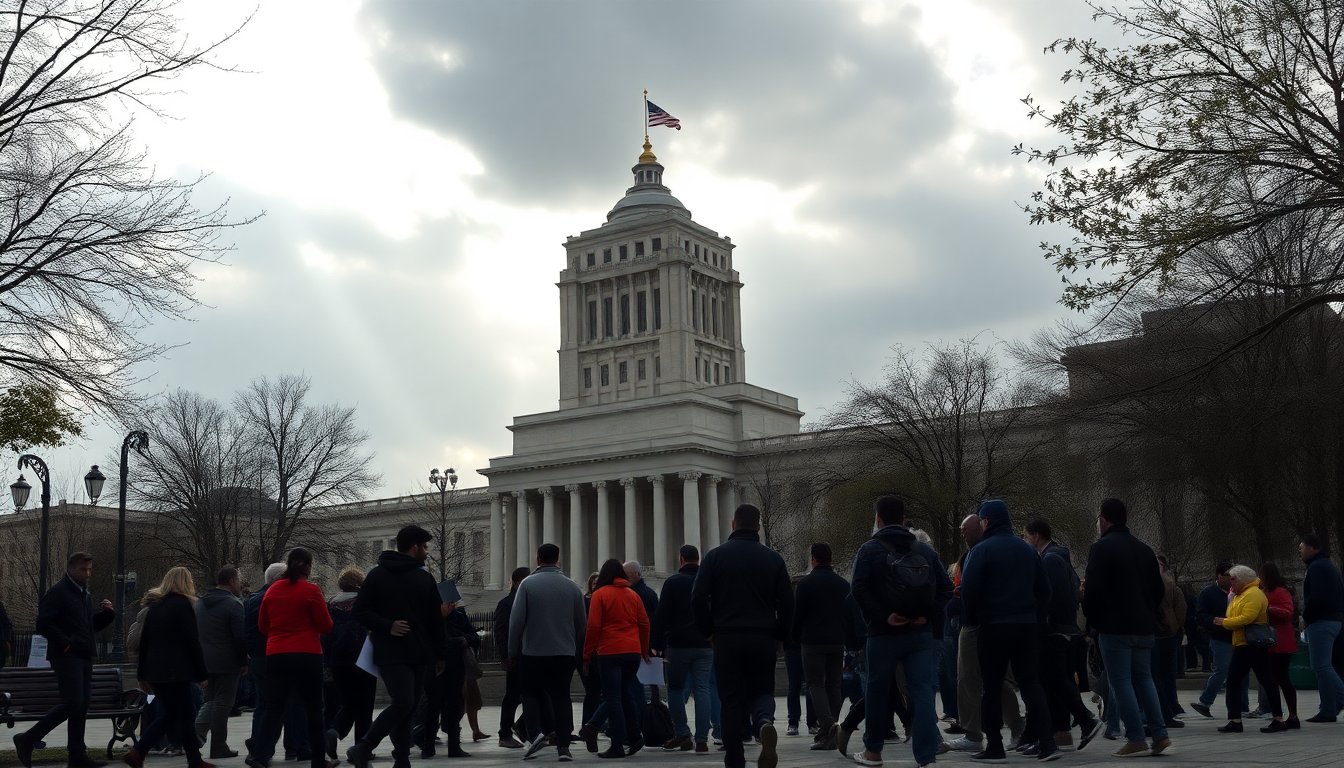Table of Contents
The landscape of U.S. immigration law is nothing short of a maze, especially when it comes to the sensitive issue of deportation. Recently, the U.S. Supreme Court weighed in on the Trump administration’s authority to send individuals back to countries with troubling human rights records. A case involving eight migrants facing deportation to South Sudan has highlighted just how complicated—and contentious—this issue can be. So, what does this mean for those directly involved and for the wider context of U.S. immigration policy? Let’s break it down.
Recent Legal Developments in Deportation Cases
In a crucial ruling, Judge Brian Murphy in Boston denied a last-minute appeal from eight migrants who were desperately trying to avoid being sent back to South Sudan, a country plagued by severe human rights violations. This case serves as a stark reminder of the challenges migrants face in the U.S., particularly under the previous administration’s strict immigration policies.
The appeal raised serious concerns about the U.S. Constitution’s ban on cruel and unusual punishment. Advocates argued that deporting these individuals to South Sudan could expose them to potential torture and inhumane treatment. Reports from the U.S. Department of State have condemned South Sudan for heinous acts like extrajudicial killings and forced disappearances, sparking outrage among human rights advocates. Can you imagine being sent back to a place where your very life is at risk?
Despite these alarming concerns, the Supreme Court’s decisions have bolstered the administration’s authority to carry out deportations. This trend raises significant questions about whether legal safeguards for migrants can withstand the pressure of political agendas. The Justice Department has indicated that the deportation is set to happen quickly, leaving many wondering about the due process rights of those affected.
The Broader Implications of Deportation Policies
The ramifications of these legal decisions go far beyond the eight migrants involved. They reflect a broader pattern in U.S. immigration policy that seems to prioritize rapid deportation over humanitarian concerns. Critics argue that this approach undermines the rights of vulnerable populations, many of whom are fleeing violence and persecution. Doesn’t it seem unfair to prioritize speed over safety?
Judge Randolph Moss, who initially expressed sympathy for the deportees, highlighted the ethical implications of the government’s actions. He noted that sending people to a known conflict zone could be seen as punitive and counterproductive. This perspective resonates with advocates calling for a more humane immigration policy that considers the safety and wellbeing of those facing deportation.
Moreover, the Trump administration’s portrayal of undocumented migrants as a national security threat has stoked public support for tougher deportation measures. This framing not only affects the individuals targeted but also shapes the overall perception of immigration in the U.S. How do we shift this narrative to reflect a more compassionate approach?
Future Outlook and Recommendations
As we look ahead, it’s crucial to consider the potential shifts in U.S. immigration policy, especially with changing administrations. The ongoing legal battles indicate that the rights of migrants will remain a hotly debated issue, with significant implications for human rights and international relations.
Advocates for immigration reform emphasize the need for comprehensive policy changes that prioritize human rights and due process. This could mean reevaluating the criteria for deportation, ensuring that individuals aren’t sent back to countries where their safety is threatened, and nurturing a more compassionate approach to immigration. What steps can we take to make this vision a reality?
In conclusion, the recent Supreme Court rulings on deportation shine a light on the complexities of U.S. immigration law and the necessity for a delicate balance between enforcement and humanitarian considerations. As the legal landscape continues to evolve, it’s vital for policymakers, advocates, and the public to engage in meaningful discussions about the future of immigration in the United States.


